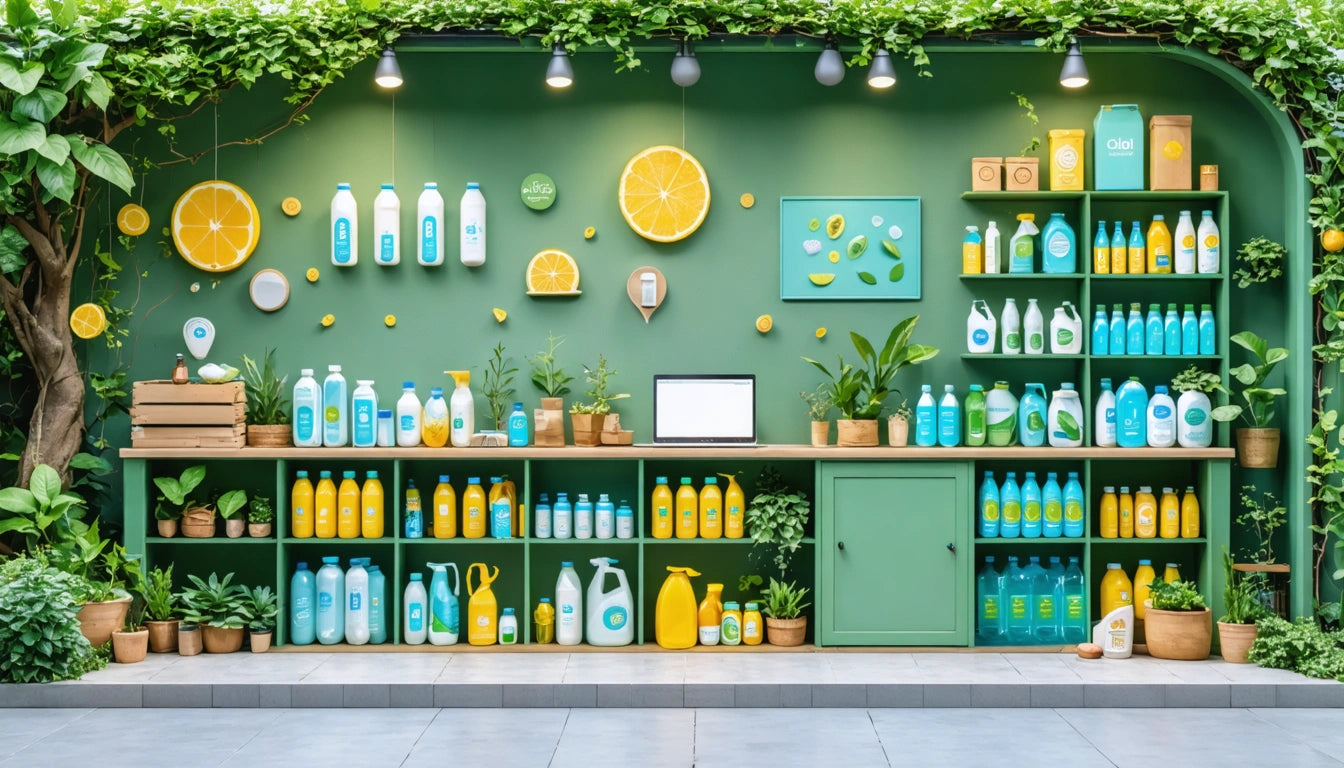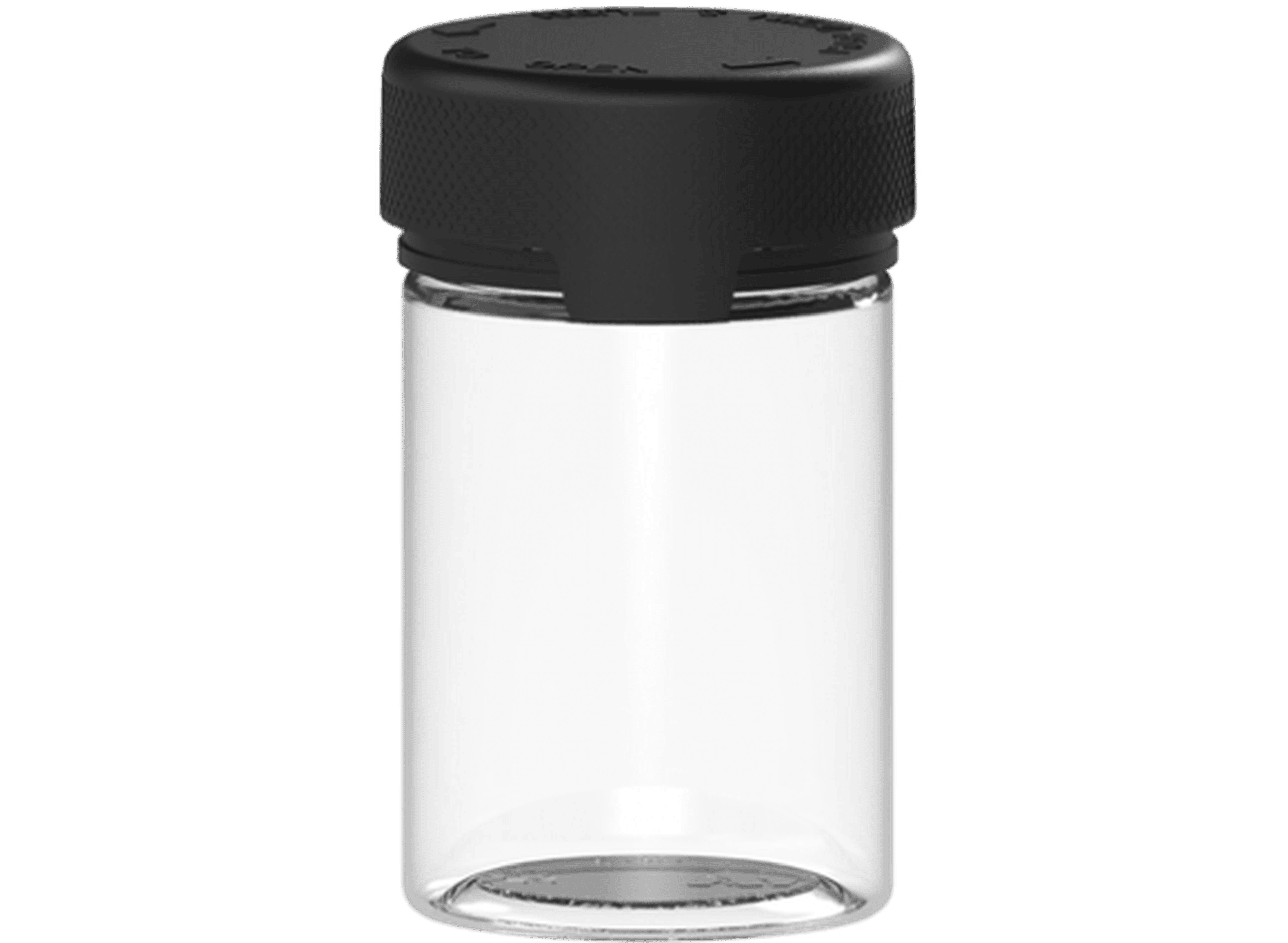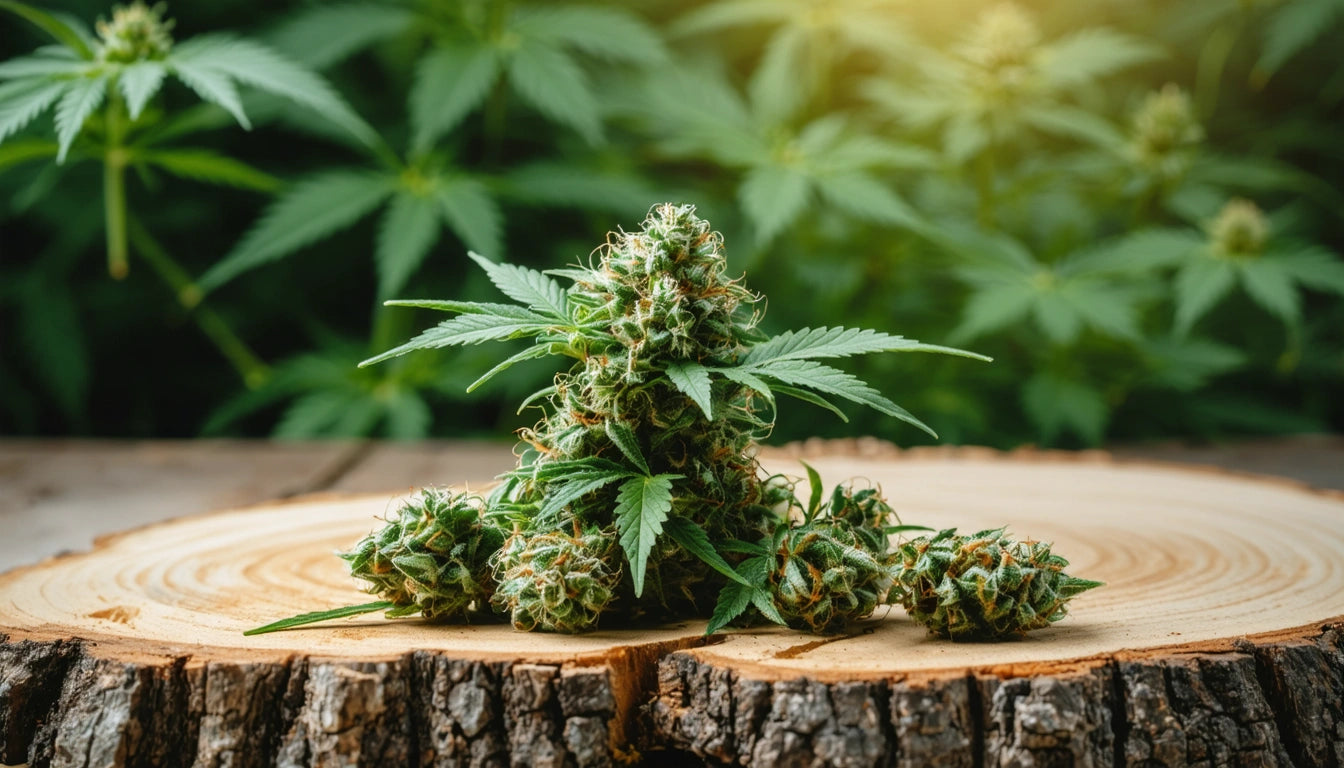Table of Contents
Refill Stations 101: Packaging for the Circular Economy
The circular economy represents a paradigm shift from traditional linear consumption models to systems where materials remain in use. At the forefront of this transition are refill stations, which allow consumers to reuse containers rather than disposing of them after a single use. This approach significantly reduces packaging waste while offering businesses new opportunities for customer engagement and brand loyalty.
Understanding Refill Stations in the Circular Economy
Refill stations operate on a simple premise: customers bring their own containers or purchase reusable ones to fill with products. This model has expanded beyond bulk food stores to include personal care products, cleaning supplies, and even specialty goods like cannabis products. The business case for closed-loop packaging continues to strengthen as consumer demand for sustainable options grows.
The circular economy principles that drive refill systems include:
- Designing out waste and pollution
- Keeping products and materials in use
- Regenerating natural systems
These principles align with broader sustainability goals while offering practical solutions to packaging waste challenges.
Benefits of Refill Systems for Businesses and Consumers
Environmental Benefits
The environmental impact of refill stations is substantial. By eliminating single-use packaging, businesses can:
- Reduce plastic waste by up to 70-90%
- Lower carbon emissions associated with packaging production
- Decrease transportation impacts due to lighter shipping weights
These benefits contribute to eco-visibility in modern packaging, allowing brands to demonstrate their commitment to sustainability through action rather than just messaging.
Business Advantages
Beyond environmental benefits, refill stations offer compelling business advantages:
- Increased customer loyalty and repeat visits
- Reduced packaging costs over time
- Premium positioning and brand differentiation
- Opportunities for in-store engagement
Implementing Refill Stations: Practical Considerations
Successfully implementing refill stations requires careful planning and consideration of several factors:
Space and Equipment Requirements
Physical considerations include:
- Adequate space for dispensing equipment
- Proper storage for bulk products
- Cleaning stations for customer containers
- Clear signage and instructions
For businesses with limited floor space, modular or pop-up refill stations can provide flexibility.
Regulatory Compliance
Depending on the industry, refill stations may need to address various regulatory requirements:
- Health and safety standards for food or personal care products
- Proper labeling and ingredient information
- Compliance with weights and measures regulations
In the cannabis industry, additional considerations apply regarding child-resistant packaging and product tracking. Our specialized packaging solutions for pre-rolls can be adapted to work within refill models while maintaining compliance with regulatory requirements.
Packaging Considerations for Refill Models
The success of refill stations depends largely on the packaging solutions that support them:
Container Design
Optimal refillable containers should be:
- Durable enough for multiple uses
- Easy to clean thoroughly
- Designed for efficient dispensing
- Attractive enough that consumers want to reuse them
Material selection is crucial, with options ranging from glass and stainless steel to bioplastics for certain applications.
Brand Identity and Communication
Refillable packaging presents unique branding challenges and opportunities:
- Permanent branding elements that withstand multiple uses
- QR codes linking to digital information that can be updated
- Clear communication of environmental benefits
Some brands are exploring innovative approaches like edible packaging components or mushroom-based packaging to complement their refill systems.
Measuring Success: Metrics and ROI
To evaluate the effectiveness of refill stations, businesses should track several key metrics:
- Packaging waste reduction (by weight or volume)
- Customer retention and repeat purchase rates
- Cost savings on packaging materials
- Customer feedback and satisfaction
The ROI of sustainable packaging extends beyond direct cost savings to include brand value, customer loyalty, and future-proofing against increasing regulations on single-use packaging.
The Future of Refill Stations in Sustainable Business
As refill stations evolve, several trends are emerging that will shape their future development:
- Integration with digital technologies for seamless customer experiences
- Expansion into new product categories and industries
- Standardization of containers across brands and retailers
- Innovations in dispensing technologies
These developments align with broader sustainable packaging trends that emphasize reuse, reduction, and regeneration.
The transition to refill models represents more than just a packaging change. It signals a fundamental shift in how businesses and consumers think about products, packaging, and the relationship between them. By embracing refill stations, brands can position themselves at the forefront of the circular economy while building stronger connections with environmentally conscious consumers.











Leave a comment
All comments are moderated before being published.
This site is protected by hCaptcha and the hCaptcha Privacy Policy and Terms of Service apply.